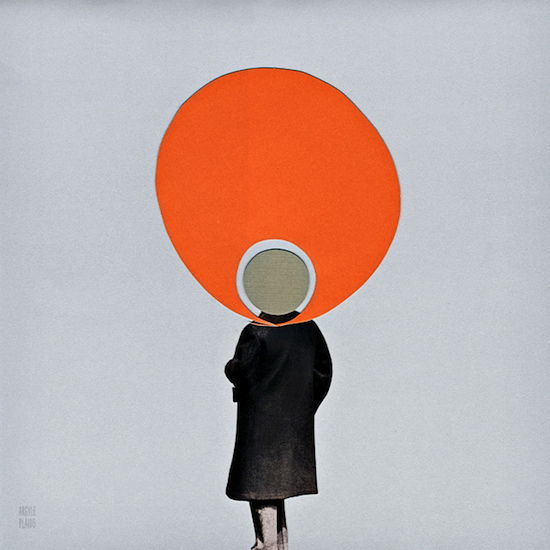How to say milk? How to say sand, snow, sow, / linen, cloud, cocoon, or albino?

June 17, 2014
So, King Lear may have once muttered that nothing will come of nothing, but Kimiko Hahn’s “The Dream of Shoji,” below, is a great nothing poem. Compact, graceful and slippier than it initially seems, the poem is a philosophically elegant fable about a central trauma of post-migrant Asian American melancholia: the de-authenticating loss, partial or complete, of the language spoken by one’s parents or grandparents. What’s miraculous about “Dream” is the fullness and intellectual swiftness through which Kimiko represents this lacuna.
We are initially presented with images of apophatic whiteness, a whiteness that’s aestheticized but growing stranger by the minute, as milk becomes linen and then cocoon and albino. These instances of whiteness then shed their representational quality and become figurative. They are the white surface of forgetting—the only word in Japanese that the narrator can name—and the enclosure of both a dream and of the self. The question we had thought was a philosophical inquiry (“How to say milk?”) reveals itself as a question asked by a child to her mother. The paper is both the blank surface of inscription and the shoji screen; in either case, language is an invisible prison. “The Dream of a Little Occupied Japan Doll” also begins by cataloging objects—in this case, Japanese porcelain figurines: China dolls, literally. The dolls come to represent a dream metonymy for the author’s self-objectification.
—Ken Chen
The Dream of Shoji
How to say milk? How to say sand, snow, sow,
linen, cloud, cocoon, or albino?
How to say page or canvas or rice balls?
Trying to recall Japanese, I blank out:
it’s clear I know forgetting. Mother, tell me
what to call that paper screen that slides the interior in?

The Dream of a Little Occupied Japan Doll
Among the hundred porcelain figurines,
the first one–with slanted eyes, fat cheeks,
queue (though that is Chinese) and Chinese bonnet–
is my favorite. Among all those in pajamas
or gowns or the two kimono
the first is my favorite. Of those with rickshaw,
tambourine or parasol and fan–
I keep on my desk the first one
though she—or he—is not doing a darn thing.
Here in sleep, rivalry lodges next door, not at home.
So if dreams “tune the mind for conscious awareness”
perhaps favoritism suggests
I’ve quit hoarding and now collect myself.



